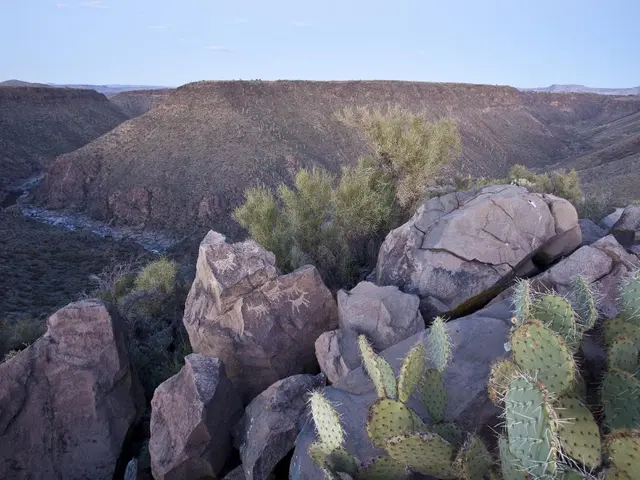Uttarakhand Welcomes First Migratory Birds of the Season: Ruddy Shelducks Arrive at Asan Wetland
The arrival of winter in Uttarakhand brings with it the annual spectacle of migratory birds returning to the state. This year, the Asan Wetland in Dehradun district welcomed its first batch of migratory birds on Tuesday, October 4, with a flock of 32 rare ruddy shelducks touching down. The birds, known for their striking gold plumage, are a sure sign that the migratory season has begun.
The Asan Wetland, a 444.4-hectare Ramsar site and conservation reserve, is no stranger to these feathered visitors. Every year, it plays host to a diverse array of species, including the painted stork, Eurasian wigeon, gadwall, and various cormorants and herons. The ruddy shelducks, however, are among the first to arrive, typically making their appearance in the first week of October. They migrate from cold regions like Siberia, drawn by the milder temperatures of the plains.
Authorities at the Asan Wetland are gearing up for the influx of these migratory birds. They have been busy cleaning bird-watching towers and repairing mudflats to ensure a comfortable stay for the visitors. The birds are expected to remain at the wetland until March, when they will return to their native lands as summer approaches.
The arrival of the ruddy shelducks also signals the return of another iconic bird, the Pallas's fish eagle. Easily identifiable by its white head and tail band, this bird holds cultural significance as a symbol of good fortune and eternal love. A pair of these eagles has been nesting at the Asan Wetland every winter for the last 60 years, favoring the highest branches of the semal tree due to their aversion to human interference.
The sighting of the 32 ruddy shelducks at the Asan Wetland marks the start of another exciting migratory season. Bird lovers and conservationists alike can look forward to the arrival of more species in the coming months. The Asan Wetland, with its rich biodiversity and commitment to conservation, continues to be a beacon for these remarkable birds.







